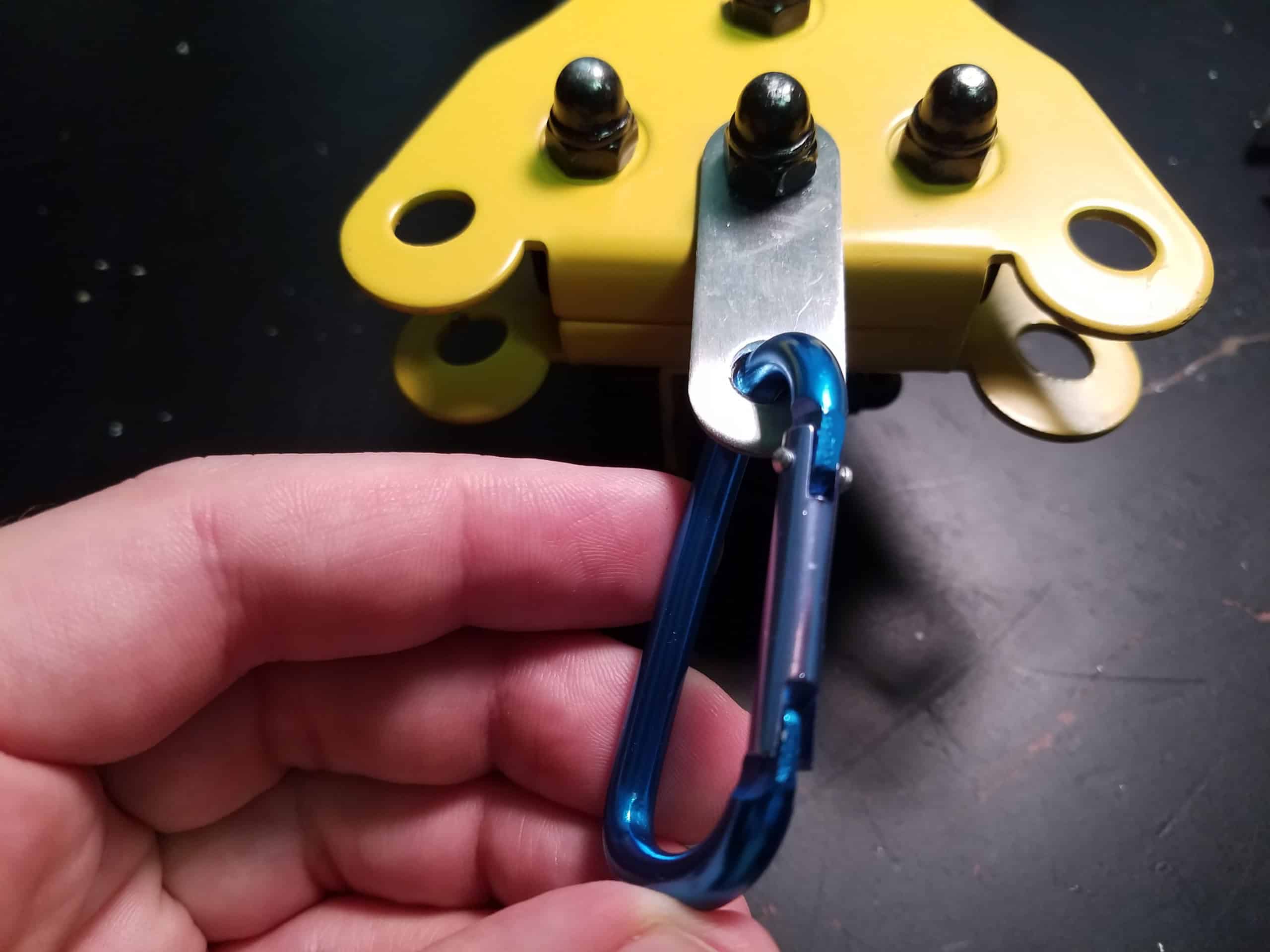Tag: Hercules
-
Low reed stand showdown: K&M vs. Hercules
Overall, I guess I lean toward the Hercules a little for bass clarinet, mostly because I could add, say, pegs for B-flat and E-flat clarinets and be ready for a utility clarinet gig. And I like the K&M slightly better for bassoon because its larger, softer cup makes a better target during a quick instrument…
-
Follow-up: Hercules woodwind stands
A few months ago I did a review of the Hercules DS538B dual-saxophone stand with flute/clarinet and soprano saxophone pegs. I had some concerns about the stability of my flute on the flute/clarinet pegs, but got some advice in the comments section that the DS602B peg (sold separately) might be better. In the meantime, I’ve gotten to like …
-
Review: Hercules DS538B woodwind stand
After my recent glorious victory in the Saxquest trivia contest, I had a gift certificate burning a hole in my pocket and I decided to get a new stand to hold my saxophones and perhaps some other woodwinds in my office and on gigs. I had been tempted previously by SaxRax stands, which I continue …

